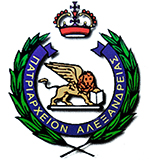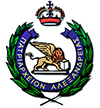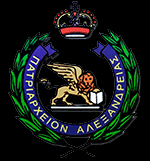PETROS VII (1996-2004)
He worked with great enthusiasm for the spread of the Gospel message on the Africa n continent. He concerned himself mainly with the administrative reorganization of the Church of Alexandria, compiled the “Patriarchal Order of 16th September 2002” regarding the election of the Patriarch by the Holy Synod exclusively. He began the reno vation works for the Patriarchal Palace , the Holy Monastery of St Savvas in Alexandria , the Patriarchal Vicariate in Cairo , and the Monastery of St George in Old Cairo. He established the Dioceses of Nigeria, Madagascar , Ghana , Bukoba and Zambia . He reinstated the canonical order of the person of St Nektarios, Metropolitan of Pentapolis. He died suddenly on 11th September 2004, in an aviation accident.


